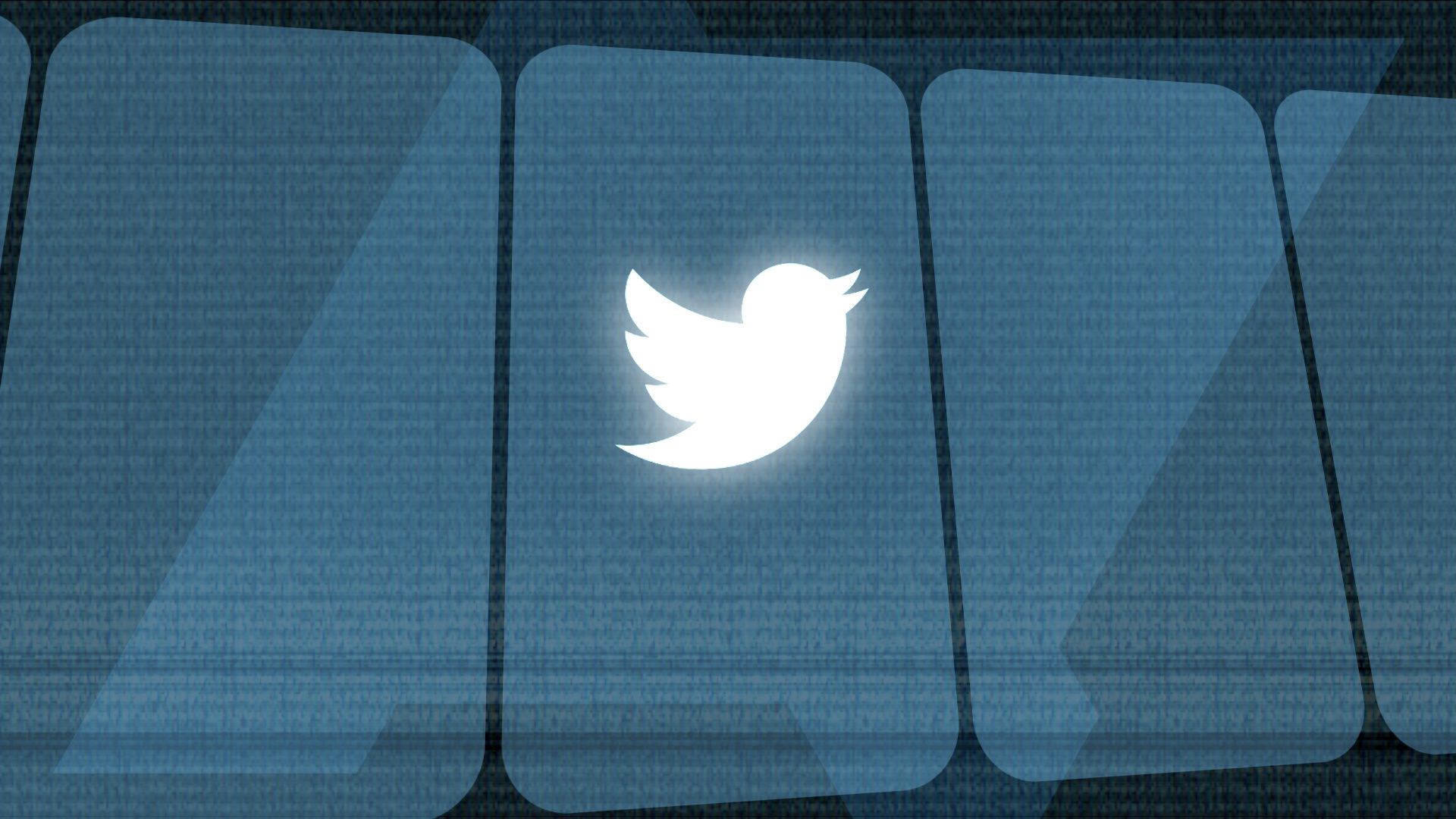Twitter's course of action has become increasingly difficult to predict, thanks to frequent changes without notice and new features meant to monetize even the most basic of capabilities. This is becoming more apparent as Elon Musk desperately seeks ways to pay his debts incurred as a result of the social media site's acquisition, the most recent of which was the company's decision to end free access to the Twitter API on February 9. This signaled the end of an era for fun and informative automations on the platform, but Musk has walked back on his decision just days before the change is set to take effect.
Twitter's CEO announced in a tweet that bots will continue to have access to the service's "light, write-only API," as long as they churn out "good content."
The change only marks a slight modification to Twitter's move to lock its API behind a paywall. Researchers and app developers who rely on third-party Twitter clients may still have to pay a fee to use what was previously a free tool. As of 2022, the paid version of the Twitter API costs between $99 and $1,899 per month, depending on the level of access.
For that price, you'll get additional features and broader access to the interface for a variety of purposes. However, it's hard to imagine a programmer coughing up that much for basic stuff like sharing a photo of an opossum every hour or taking a screenshot of a tweet. Many developers had previously stated that they would shut down these bots before February 9, citing an inability to pay the fees required to keep them operational.
Thankfully, Musk's latest tweet means that several goofy or informative bots that you often see on the platform aren't necessarily going away anytime soon. That said, it remains unclear what constitutes "good content" that will be eligible for free access to the Twitter API.
Musk's decision to charge for API access was his latest attempt to monetize everything within the social media behemoth he purchased for $44 billion, mostly with borrowed funds. Since taking over Twitter, he has also fired more than half of its employees and begun charging users to remain verified.

